The Nomads of The Himalayas
Synopsis
The word’Nomad’ does not, exclusively, refer to the pastoral nomads only, but also to all those persons, who constantly wander hither and thither and do not lead a settled life. They neither possess any land of their own, nor have any home, They migrate with all their belongings either on foot or on burden animals like yaks, asses or mules, ponies or horses, bullocks or buffaloes or camels or in carts, either at their will or on their being forced by circumstance, in order to find out better living conditions for themselves. They roam as acrobats or rope dancers, magicians, oracles, fortune-tellers, palmists, musicians and dancers, quack-physicians or surgeons, veterinarians, peddlers or petty merchants, carriers or artisans. Their way of life has a similarity to that of the gypsies (Romas) known over, all the world as great wandering tribes.
Besides these nomadic groups, there are groups of people, who have their own homes or land and who periodically return to subsist on their earnings. Their nomadism very often involves moving with the family and belongings to location, where arable lands are available and from where they return later, when harvesting has been completed. Such groups of people are classified as semi nomadic groups.
Bakarwals, Gujjars, Todas, Gollas, Gaddis, Rebaries, Ipyans, and Kurumbas, are classed as nomads or semi-nomads. Some of them have permanent homes to which they periodically return after the grazing hours or the period of migration.
Dr. Shashi, a well-known name in the field of Social Anthropology derives home the point that their nomadism is directly connected with the needs of their herds, which are their wealth and which contribute as the chief source of their livelihood. Their nomadism Is not at random; it is centred or focused around temporary centres and is directly dependent on availability of food.
This book contains a rich and analytical material particularly concerning Gujjars, Gaddis, Bhotiyas and bakarwals of Himalayan region. It would certainly blaze a trail and inspire future writers to drink deep at the fountains of history and tradition of Himalayan region.
Read more
Besides these nomadic groups, there are groups of people, who have their own homes or land and who periodically return to subsist on their earnings. Their nomadism very often involves moving with the family and belongings to location, where arable lands are available and from where they return later, when harvesting has been completed. Such groups of people are classified as semi nomadic groups.
Bakarwals, Gujjars, Todas, Gollas, Gaddis, Rebaries, Ipyans, and Kurumbas, are classed as nomads or semi-nomads. Some of them have permanent homes to which they periodically return after the grazing hours or the period of migration.
Dr. Shashi, a well-known name in the field of Social Anthropology derives home the point that their nomadism is directly connected with the needs of their herds, which are their wealth and which contribute as the chief source of their livelihood. Their nomadism Is not at random; it is centred or focused around temporary centres and is directly dependent on availability of food.
This book contains a rich and analytical material particularly concerning Gujjars, Gaddis, Bhotiyas and bakarwals of Himalayan region. It would certainly blaze a trail and inspire future writers to drink deep at the fountains of history and tradition of Himalayan region.
35.10
31.59
$
39.00 $
Free delivery Wolrdwidе in 10-18 days
Ships in 1-2 days from New Delhi
Membership for 1 Year $35.00
Get it now and save 10%
Get it now and save 10%
BECOME A MEMBER
Books by the same author

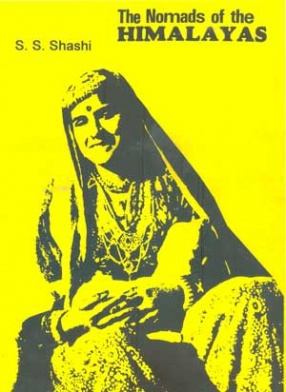

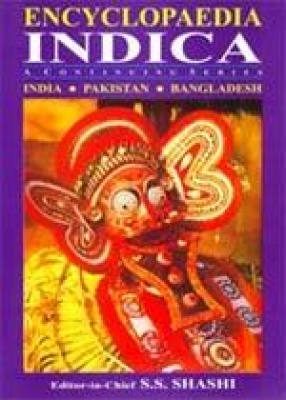

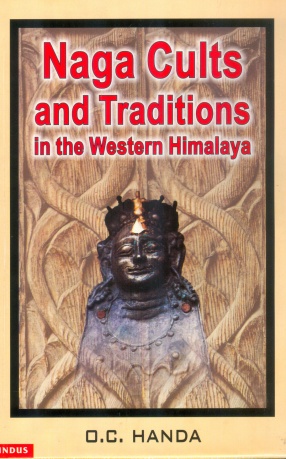
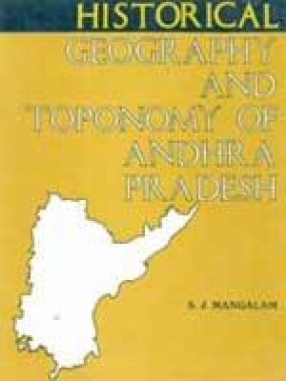
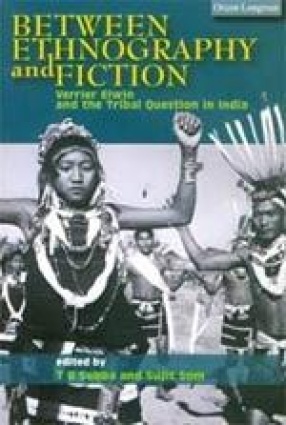

Bibliographic information
Tags